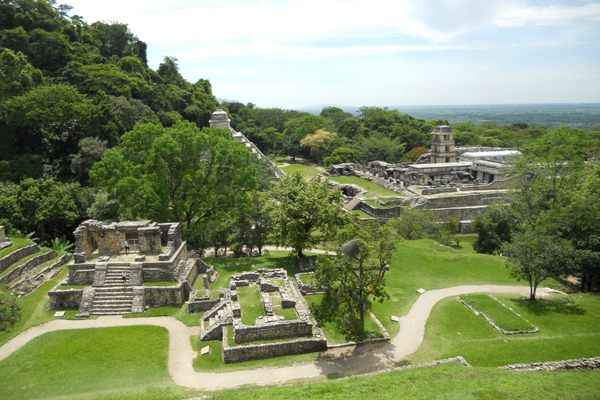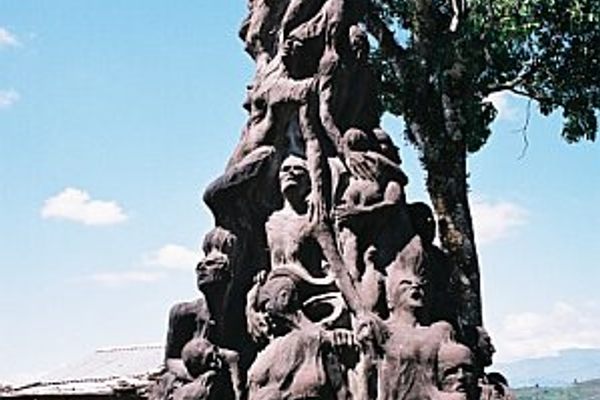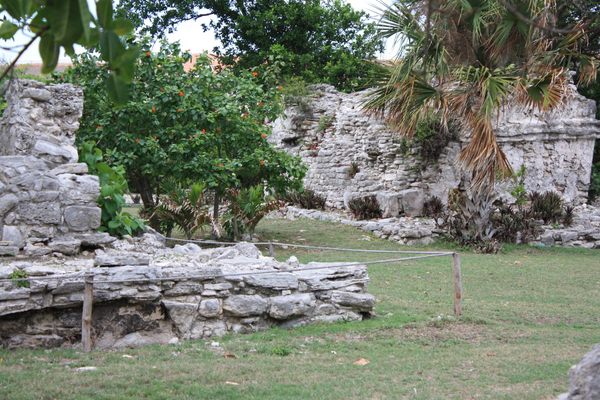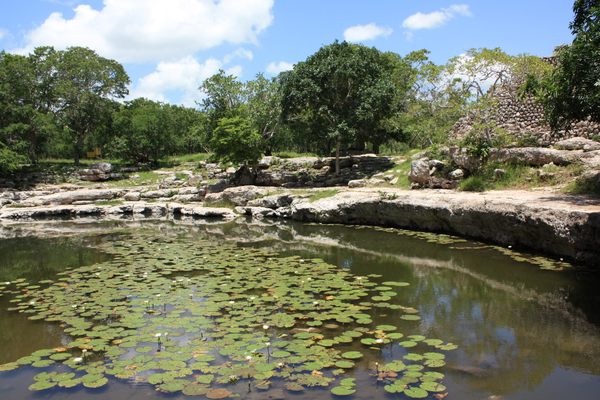Rabbit Skull Relief
The enigmatic skull gazes out over the ruins of a once-great Mayan city.
Shaped from stucco in the eighth century by the hand of a long-gone Mayan artisan, the deep-set eyes of this plaster cadaver seem to gaze solemnly upon the ruins of what was once a great city.
The skeletal face set into the side of the temple resembles a number of Mayan gods, including the god of death and the underworld, Ah Puch. However, upon closer inspection of the relief, you’ll notice the shape of the skull and the overhanging buck teeth make it look an awful lot like that of a rabbit.
In recent years, these characteristics have given some archaeologists pause, even leading some to conclude this enigmatic relief may indeed be a representation of a rabbit, perhaps symbolizing the city of Palenque itself. Nevertheless, despite decades of research, only a handful of details have emerged about this place, and its true purpose may never be known.
The intimate relationship and deference the Mayans possessed toward the animals of the forest, and the great care that they took in shaping these reliefs, seem to back up the theory that it may depict a rabbit. It’s believed the animals may have been linked with the profession of the scribe in the Mayan culture, and they were often depicted as anthropomorphic figures engaged in the act of writing or painting royal scrolls.
However, these animals had an even more enduring significance in Mayan mythology through their association with the goddess of the moon and night, Awilix. The lunar goddess was often depicted in ceramic art as carrying a pet rabbit, a reflection of a commonly held belief that the shadowy shape of one of these animals could be seen on the surface of the moon.
Archeologists believe this temple may have been used in connection with rituals of the lunar cycle, and of the moon goddess herself. Mineral pigments detected on the stones suggest it was once covered in similar stucco reliefs, painted in vibrant reds and blues. Such decoration would have made the building stand out from its surroundings.
Know Before You Go
The archeological site is open 9 a.m. to 4:30 p.m. every day and entrance costs around 57 pesos, plus a further 27 pesos to access the national park. The Temple of the Skull, where the rabbit skull relief is located, is the first building that you will encounter in the archeological site after having paid at the ticket booth.


















Follow us on Twitter to get the latest on the world's hidden wonders.
Like us on Facebook to get the latest on the world's hidden wonders.
Follow us on Twitter Like us on Facebook